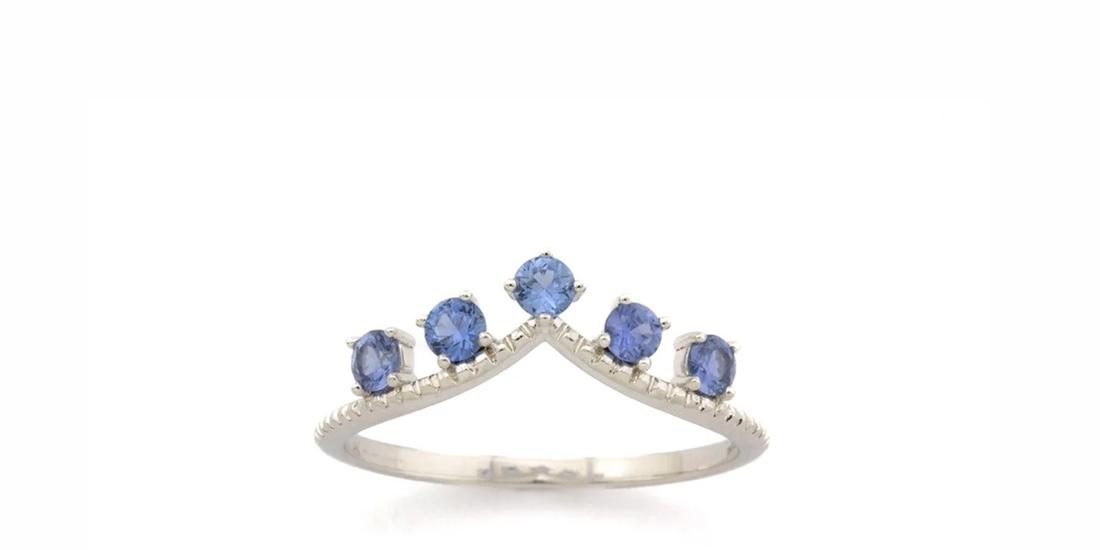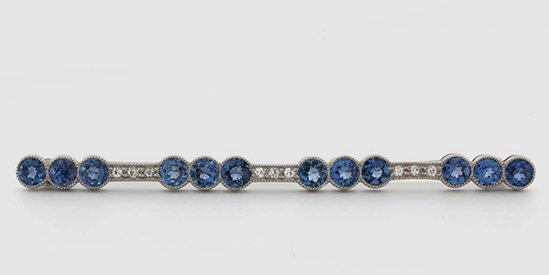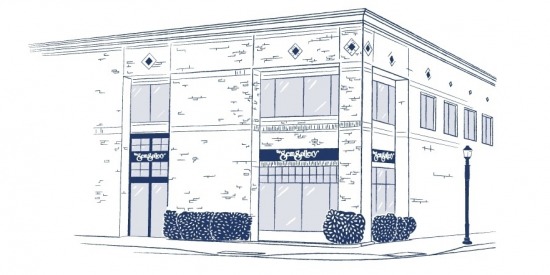Montana earns its nickname, The Treasure State, from its rich deposits of minerals and gemstones, including two unique types of Sapphires. Montana Sapphires, primarily found in the western part of the state, occur in a wide range of colors—blue, green, yellow, and pink. Many of these Sapphires undergo heat treatment to enhance their color and clarity. In contrast, Montana Yogo Sapphires, sourced exclusively from a single deposit in central Montana, are celebrated for their naturally intense blue and violet hues and exceptional clarity, requiring no heat treatment to achieve their brilliance.
Yogo Sapphire Jewelry
Engagement RingsRings
Necklaces
Earrings
Bracelets
Vintage Jewelry
Men's Jewelry
All Yogo Jewelry
SHOP GEMSTONES
Shop Loose YogosLearn About Yogos
HistoryGemology
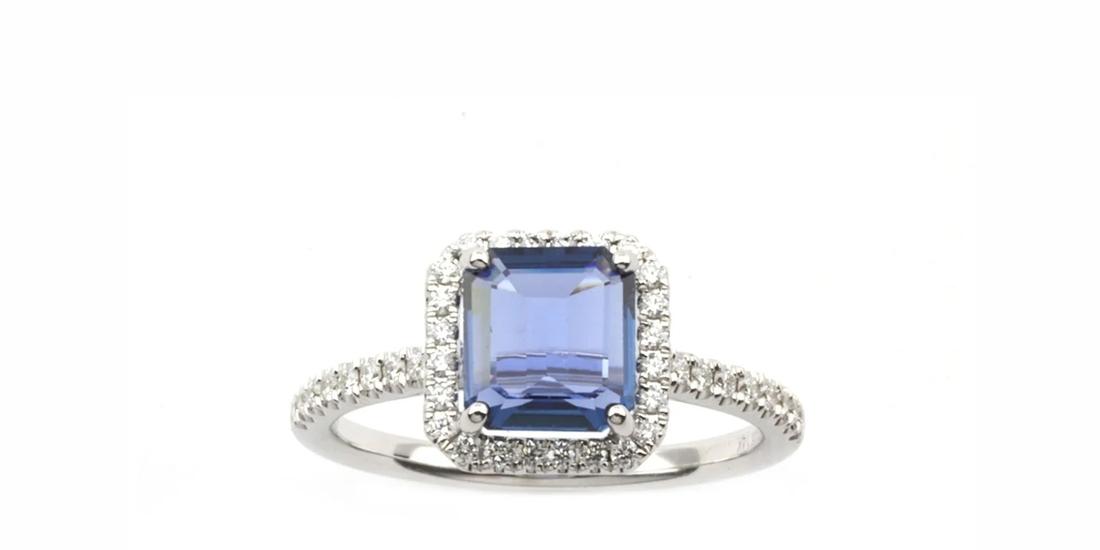
Uniquely Montana
Find Yogo Engagement RingsMontana Sapphire Jewelry
Engagement RingsRings
Necklaces
Earrings
Bracelets
Vintage Jewelry
Men's Jewelry
All MT Sapphire Jewelry
SHOP GEMSTONES
Shop Loose MT SapphiresLearn About Montana Sapphires
HistoryGemology
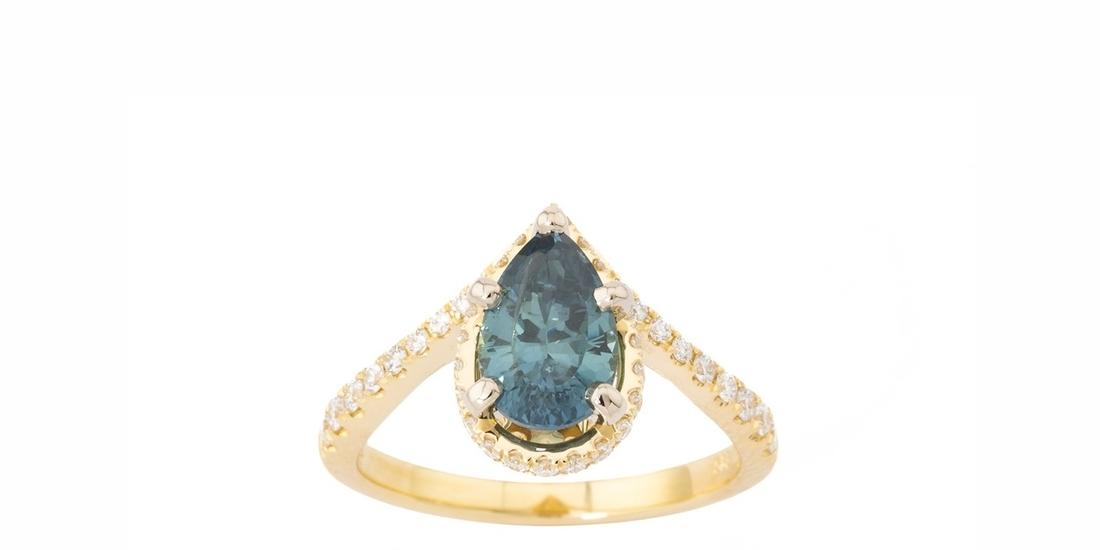
A True Treasure
Find Montana Sapphire Engagement Rings
Gemology of Yogo Sapphires
Yogo Sapphires — Gemology
North America’s Most Precious Sapphires
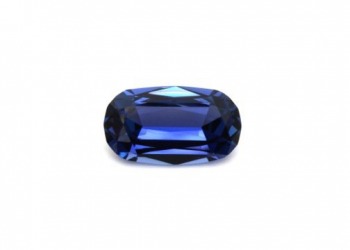
Montana Yogo Sapphire
Yogo Sapphires are widely regarded as the most valuable Sapphires found in North America and rank among the finest in the world. These rare gems originate exclusively from Yogo Gulch, a small but significant deposit nestled in Montana’s Little Belt Mountains. Unlike other Montana Sapphires, Yogo Sapphires are naturally vibrant blue or violet, requiring no heat treatment to enhance their color or clarity.
Discovered by chance in the 1880s by gold prospectors, these striking Sapphires quickly became the primary focus of mining in the region. Over time, their reputation for exceptional brilliance and uniform color has made them highly sought after by collectors and jewelers worldwide. To learn more about their fascinating discovery and mining history, visit the Yogo History page.
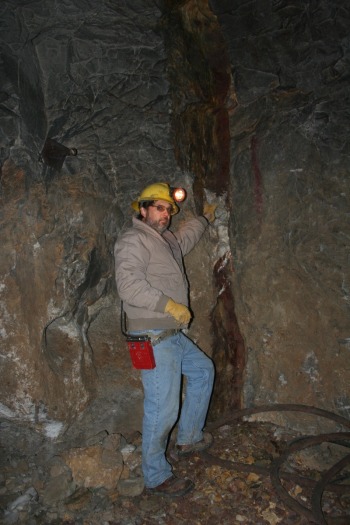
Don Baide, father of Gem Gallery owner Jason Baide, 360 feet down into the Vortex Mine
Yogo sapphires are renowned for their exceptional clarity and even color distribution, setting them apart from other sapphires that often exhibit color zoning or require heat treatment to enhance their appearance. Unlike most sapphires, which may contain visible inclusions, Yogo sapphires formed under unique geological conditions that resulted in near-perfect crystallization, giving them pristine clarity and consistent color throughout the stone. Their rich, natural cornflower blue hue is one of the truest blues found in sapphires, requiring no enhancement. In fact, heat treatment—a common practice used worldwide to improve color and clarity—can actually damage a Yogo sapphire, causing its vibrant color to fade. Even the intense heat from a jeweler’s torch can alter or destroy a Yogo’s natural hue, making it crucial to work with experts who understand how to handle these rare gems properly.
Yogo Sapphires are composed of a precise blend of aluminum and oxygen, with titanium playing a key role in producing their signature blue color. The vast majority of Yogos display a pure cornflower blue, though some contain subtle hints of purple, and in rare cases, a deep violet hue. The most exceptionally rare Yogos exhibit colors ranging from magenta to true red—an unusual variation that still retains the remarkable clarity that defines these Sapphires. Geologically, Yogo Sapphires crystallize in a hexagonal structure, with most formations appearing as flat, tabular crystals. Due to the nature of their formation, they are typically found in small sizes, but when expertly cut, their true brilliance is revealed, making them some of the most sought-after Sapphires in the world.
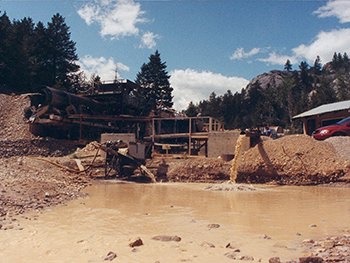
The trommel and wash plant at the Vortex Mine
In terms of geological formation, Yogo sapphires differ significantly from other Montana sapphires. They are found within a five-mile-long geological strike in the Little Belt Mountains, embedded in lamprophyre dikes—narrow fractures in the surrounding limestone that allowed molten material from deep within the Earth’s mantle to carry the sapphires to the surface. Early miners extracted Yogo-bearing rock from veins as wide as 20 feet, but over time, these richer deposits were depleted. Today, Yogo mining is limited to much narrower veins, only 8-10 inches wide, located 400 feet underground. Due to the difficulty of mining these deep, narrow deposits, commercial production of Yogo sapphires has been limited in recent years, further adding to their rarity and value.
The most recent Yogo Sapphire mining operations were considered highly sustainable and environmentally friendly. Unlike many other mining processes, no chemicals were used, and no wastewater was discharged from the site. The mine operated with a closed-loop water system, recycling all surface water to minimize environmental impact. The only byproduct was limestone gravel, which was repurposed for road construction rather than being discarded as waste. With an active mining area of only about two acres, the surface impact of the operation was minimal. The extraction process itself was simple yet meticulous, involving slow drilling and blasting to break down the ore-bearing rock. Once loosened, the material was processed through a rotating trommel to separate smaller fragments. These finer pieces, measuring less than an inch, were passed over a pulsating jig, where water and gravity separated the heavier Yogo Sapphires from the surrounding rock. Larger Yogos were then carefully handpicked from the concentrate, ensuring that only the finest gems were collected.
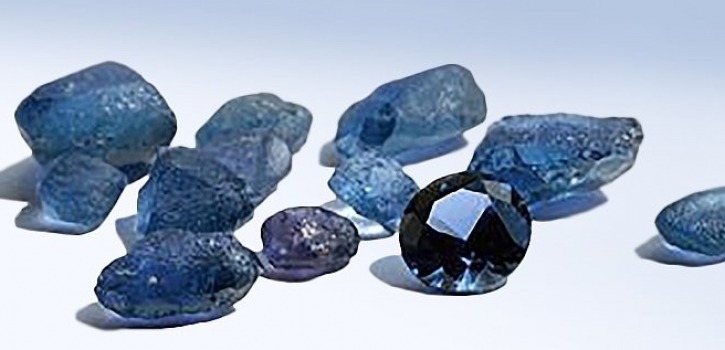
Rough and cut Yogo Sapphires

Yogo Sapphires come in a range of colors.

